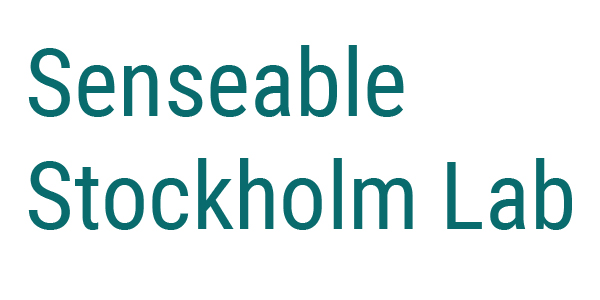Imbalanced flow
This project aims to strengthen Stockholm’s transport system by analyzing “flow imbalance”. Flow imbalance refers to a wide disparity in the travel times between two locations in a city for different travel modes.
For example, if a citizen can travel from location A to location B by car in 15 minutes, but the journey time by bus is 2 hours, we say there is large flow imbalance between these two locations. Another way to think of flow imbalance is as the existence of ‘modal weak links’, where the travel times/links between different locations are particularly weak for a given mode.
Flow imbalance is a serious concern. At the most basic level, it is a source of inefficiencies: it creates weak links that constrain the overall performance of the transport system. Yet beyond this it could also have deeper, societal effects. Consider for example how flow imbalance influences where a citizen chooses to live. If the citizen does not have access to a car, then he/she cannot live in areas of high flow imbalance since they would be too costly to travel to and from. A citizen with a car however can choose those locations without suffering the same disadvantages. In turn, this could lead to large disparities in real estate prices and the quality/existence of amenities in different areas. Thus, we see flow imbalance could be a reinforcer of social inequality. It could also cause other unwanted externalities such an over reliance on private cars.
This project will identify relevant flow imbalances in Stockholm. It will also identify solutions, both in a short and long term capacity, and within the toolbox of the stakeholders of KTH Royal Institute of Technology and MIT Senseable City Lab. The overall aim of the project is to find the right locations of the new transport modes and a better mix between housing and office/service etc. such that people use more efficient, less costly, and more environmentally friendly transport modes.



